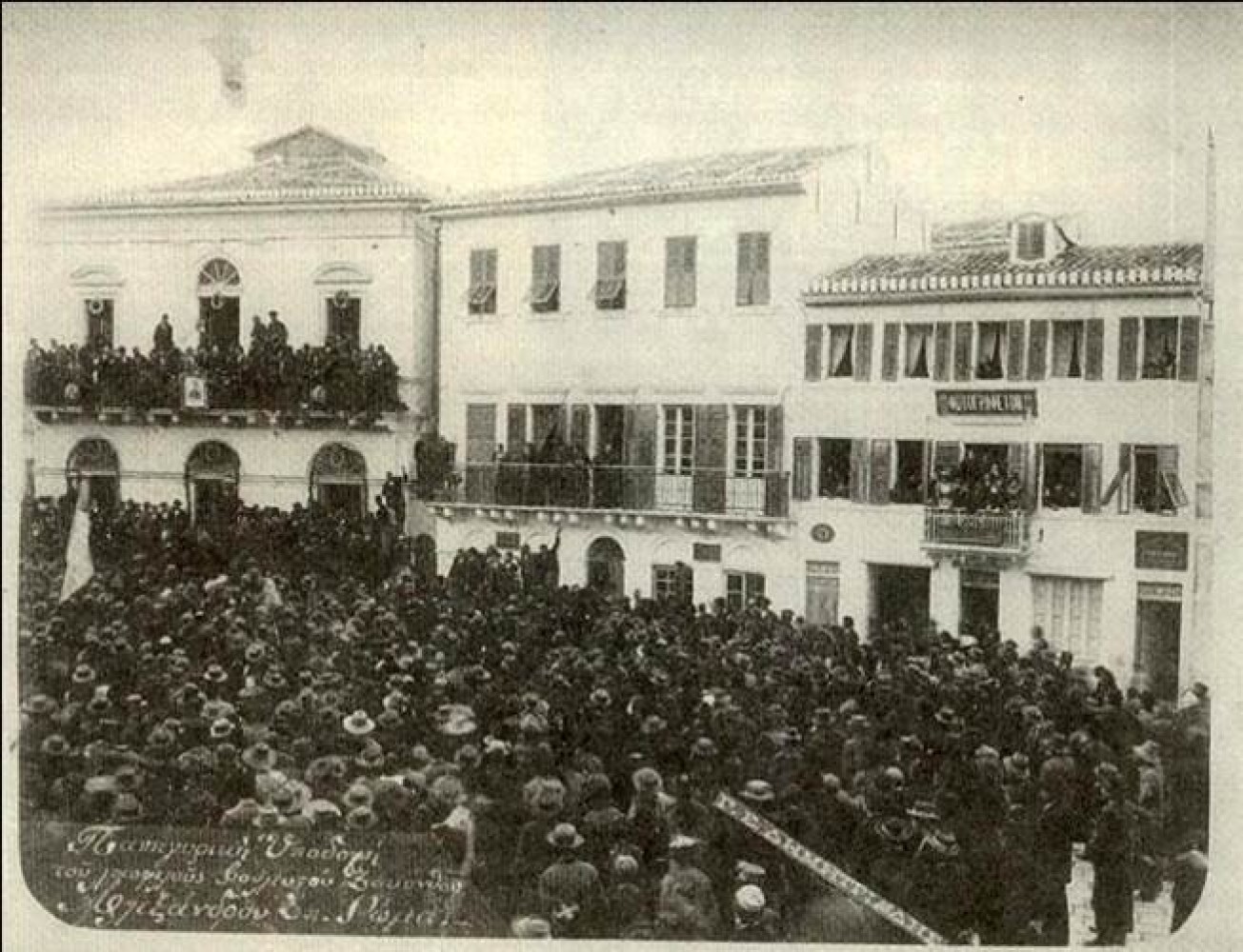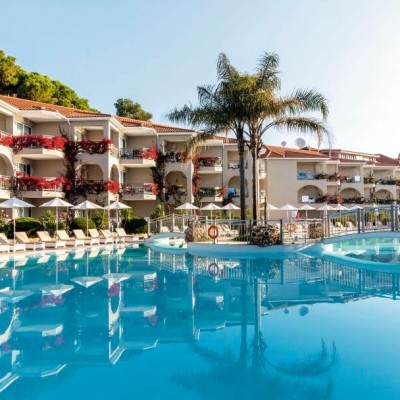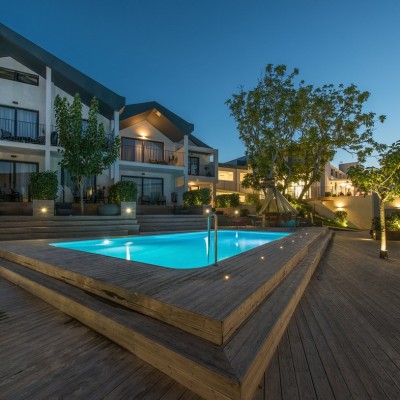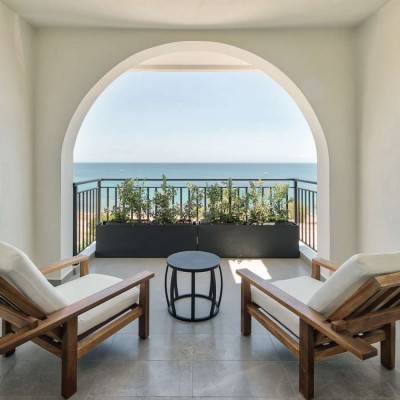
During the Venetian era the Gran Guardia was a kind of police house with a prison. This building, after being stressed for years by the earthquakes, was demolished on 29 December 1860.
A description of the Gran Guardia, at the time of the decline of the Venetian "Stato del Mar" and the building itself, is given by Saint-Sauveur, the French consul in Zakynthos between 1789 and 1794: ". . alongside is the Gran Guardia, where we can see thirty soldiers. It is but an ugly one-storey house surrounded by a wooden fence in which two unstable old cannons resting on rotten wheels form a rather sad picture. This fence is the work of former prisoners for a crime. Entering the guards we are overcome with feelings of pity and sympathy for the inmates. The manager lives in a small apartment in which daylight enters through a small, barred, glassless window. A second compartment separated by a wooden partition serves as a residence for the soldiers and as cells for the prisoners: they did not let us see where they sleep".
The political "Club of Zakynthos" was housed after 1860 in the building constructed, according to the plans of the architect Philip Hartas, on the site of the Gran Guardia.
The description of the interior of the club is preserved by Dinos Konomos: "The excellent interior decoration, especially in the entrance hall with the large oil paintings of Zakynthos landscapes, the brilliant huge reading room with newspapers and magazines coming directly from Europe, the "hangouts of the permanent companions, representing all the scientific disciplines and the commercial and craft trades of the place, the monumental internal marble double staircase of the confectionery-café hall leading to the first floor, the spacious and elegant dance halls with their galleries and balconies, the graceful "piazza" (the most important box of the square), all these gave until our times a special air of culture and human contact in the unforgettable "Roman casino" that, alas, it too was reduced to ashes and smoke in August 1953".




